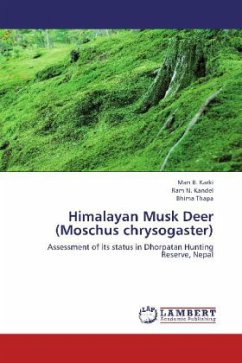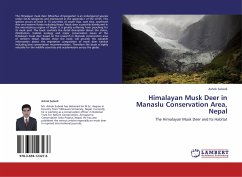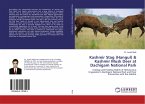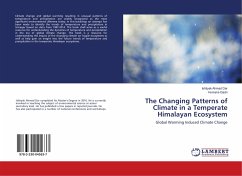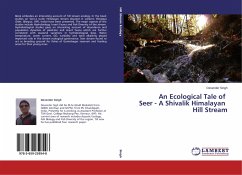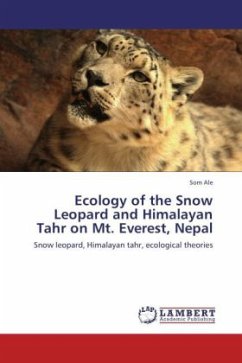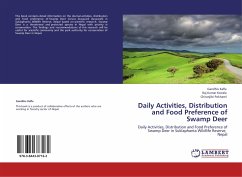The Dhorpatan Hunting Reserve (DHR), the only hunting reserve of the country, serves as an ideal habitat for Himalayan musk deer. The DHR allows the trophy hunting of the blue sheep but poaching of other species including the musk deer has been increasing in the reserve. The research aimed to explore the distribution and population of the musk deer in the few blocks of the reserve. One seasonal study was done from March May, 2007. 3 musk deer were counted during a silent drive in the Dharkharka and Khokriban of Barse block and this indicated the population density of the musk deer in the Barse block at 1.5 ind./sq.km. Musk deer in the study area mostly utilized the 60° slopes and were almost uniformly distributed along the North-East, North-West and South-East aspects. The musk deer in the DHR were distributed within the narrow altitudinal range of 3400-4000 m and mostly concentrated within 3600-3800 m due to different factors like availability of most coveted vegetation and other external interference at other elevations. 25 species of trees, 20 species of shrubs and 30 species of herbs were recorded in the study area. The text in the book evaluates the status of musk deer in DHR.

